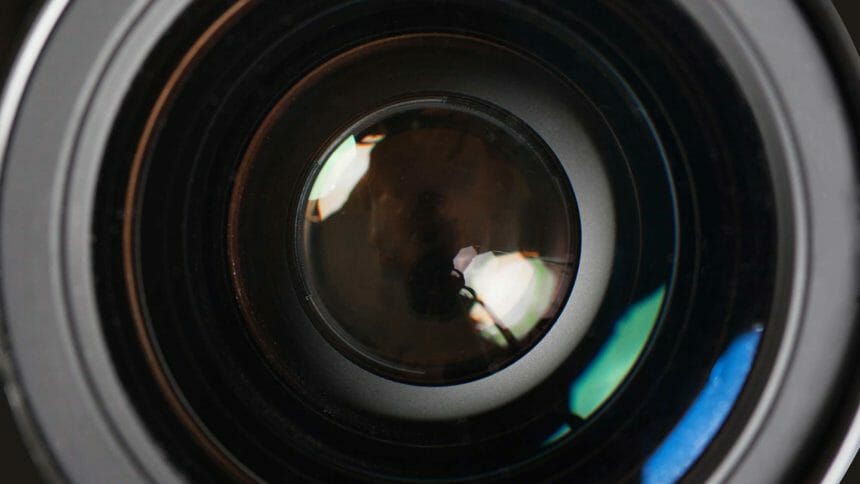
Editor’s Note, May 18, 2020: The governor has signed this bill into law.
The Oklahoma House of Representatives has passed legislation extending electronic monitoring to long-term care facilities.
Senate Bill 1739, also known as the Barbara E. Hoover Act, allows the “placement of electronic monitoring devices in the common areas or room” of residents in assisted living communities, continuing care retirement / life plan communities and other nursing facilities. Monitoring currently is allowed in nursing homes only.
The bill, authored by State Rep. Mark Lawson (R-Sapulpa) and State Sen. James Leewright (R-Bristow), unanimously passed the Senate and House and was sent to Gov. Kevin Stitt’s desk on Monday.
Mary Brinkley, executive director of LeadingAge Oklahoma, told McKnight’s Senior Living that the association was involved with the initial nursing home electronic monitoring legislation passed in 2013.
“While a contentious bill at the time, we could see good could come from this,” Brinkley said, adding that after passage, it was a “non event.” “The good thing is, this is finally transitioning to assisted living. I hope it will be a seamless transition.”
She added although there was skepticism about the bill initially, it now is offering protections for both residents and providers.
“In light of the COVID-19 outbreak, we are seeing, thankfully, a real sense of appreciation for all direct care workers,” Brinkley said. “I see maybe now long-term care is getting some long-overdue appreciation for their tireless efforts every day.”
In a statement, Leewright said he filed the bill after a constituent living in a long-term care facility was threatened with eviction if the family did not remove the video monitoring equipment in her room.
“This legislation modernizes our state law to make sure all long-term care facilities are covered and prohibits eviction or retaliation against residents who use video equipment for additional safety and security,” Leewright stated.
In a statement, Lawson said the necessity of the bill was magnified by the COVID-19 pandemic.
“Many nursing homes and other long-term care facilities had to stop visits to keep their residents safe, but family members and guardians lost the ability to check on the welfare of their loved one or those placed under their care,” Lawson stated.
At least four states — Minnesota, North Dakota, Texas and Utah — have laws mandating that assisted living communities accommodate resident requests to install electronic monitoring equipment in their rooms. New Jersey also has a “Safe Care Cam” program that loans micro-surveillance equipment to healthcare consumers, including families of assisted living and nursing home residents.
At least six states — Illinois, Louisiana, New Mexico, Oklahoma, Texas and Washington — have “granny cam” laws that apply to nursing homes.


